Travelers 2010 Annual Report Download - page 109
Download and view the complete annual report
Please find page 109 of the 2010 Travelers annual report below. You can navigate through the pages in the report by either clicking on the pages listed below, or by using the keyword search tool below to find specific information within the annual report.-
 1
1 -
 2
2 -
 3
3 -
 4
4 -
 5
5 -
 6
6 -
 7
7 -
 8
8 -
 9
9 -
 10
10 -
 11
11 -
 12
12 -
 13
13 -
 14
14 -
 15
15 -
 16
16 -
 17
17 -
 18
18 -
 19
19 -
 20
20 -
 21
21 -
 22
22 -
 23
23 -
 24
24 -
 25
25 -
 26
26 -
 27
27 -
 28
28 -
 29
29 -
 30
30 -
 31
31 -
 32
32 -
 33
33 -
 34
34 -
 35
35 -
 36
36 -
 37
37 -
 38
38 -
 39
39 -
 40
40 -
 41
41 -
 42
42 -
 43
43 -
 44
44 -
 45
45 -
 46
46 -
 47
47 -
 48
48 -
 49
49 -
 50
50 -
 51
51 -
 52
52 -
 53
53 -
 54
54 -
 55
55 -
 56
56 -
 57
57 -
 58
58 -
 59
59 -
 60
60 -
 61
61 -
 62
62 -
 63
63 -
 64
64 -
 65
65 -
 66
66 -
 67
67 -
 68
68 -
 69
69 -
 70
70 -
 71
71 -
 72
72 -
 73
73 -
 74
74 -
 75
75 -
 76
76 -
 77
77 -
 78
78 -
 79
79 -
 80
80 -
 81
81 -
 82
82 -
 83
83 -
 84
84 -
 85
85 -
 86
86 -
 87
87 -
 88
88 -
 89
89 -
 90
90 -
 91
91 -
 92
92 -
 93
93 -
 94
94 -
 95
95 -
 96
96 -
 97
97 -
 98
98 -
 99
99 -
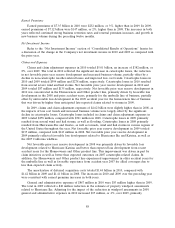 100
100 -
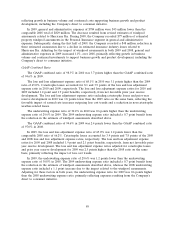 101
101 -
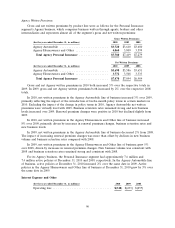 102
102 -
 103
103 -
 104
104 -
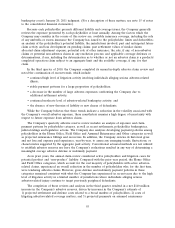 105
105 -
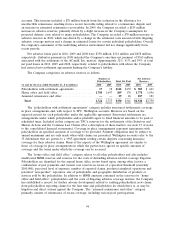 106
106 -
 107
107 -
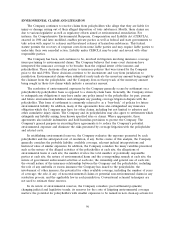 108
108 -
 109
109 -
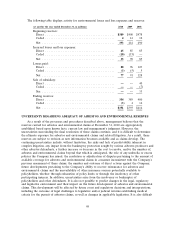 110
110 -
 111
111 -
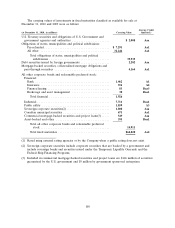 112
112 -
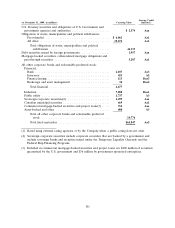 113
113 -
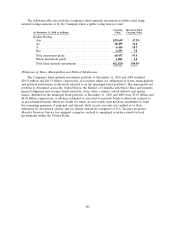 114
114 -
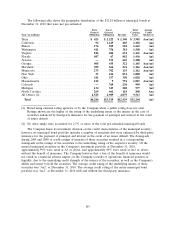 115
115 -
 116
116 -
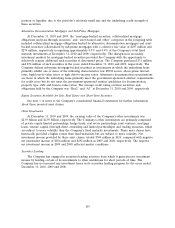 117
117 -
 118
118 -
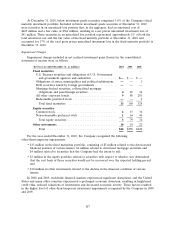 119
119 -
 120
120 -
 121
121 -
 122
122 -
 123
123 -
 124
124 -
 125
125 -
 126
126 -
 127
127 -
 128
128 -
 129
129 -
 130
130 -
 131
131 -
 132
132 -
 133
133 -
 134
134 -
 135
135 -
 136
136 -
 137
137 -
 138
138 -
 139
139 -
 140
140 -
 141
141 -
 142
142 -
 143
143 -
 144
144 -
 145
145 -
 146
146 -
 147
147 -
 148
148 -
 149
149 -
 150
150 -
 151
151 -
 152
152 -
 153
153 -
 154
154 -
 155
155 -
 156
156 -
 157
157 -
 158
158 -
 159
159 -
 160
160 -
 161
161 -
 162
162 -
 163
163 -
 164
164 -
 165
165 -
 166
166 -
 167
167 -
 168
168 -
 169
169 -
 170
170 -
 171
171 -
 172
172 -
 173
173 -
 174
174 -
 175
175 -
 176
176 -
 177
177 -
 178
178 -
 179
179 -
 180
180 -
 181
181 -
 182
182 -
 183
183 -
 184
184 -
 185
185 -
 186
186 -
 187
187 -
 188
188 -
 189
189 -
 190
190 -
 191
191 -
 192
192 -
 193
193 -
 194
194 -
 195
195 -
 196
196 -
 197
197 -
 198
198 -
 199
199 -
 200
200 -
 201
201 -
 202
202 -
 203
203 -
 204
204 -
 205
205 -
 206
206 -
 207
207 -
 208
208 -
 209
209 -
 210
210 -
 211
211 -
 212
212 -
 213
213 -
 214
214 -
 215
215 -
 216
216 -
 217
217 -
 218
218 -
 219
219 -
 220
220 -
 221
221 -
 222
222 -
 223
223 -
 224
224 -
 225
225 -
 226
226 -
 227
227 -
 228
228 -
 229
229 -
 230
230 -
 231
231 -
 232
232 -
 233
233 -
 234
234 -
 235
235 -
 236
236 -
 237
237 -
 238
238 -
 239
239 -
 240
240 -
 241
241 -
 242
242 -
 243
243 -
 244
244 -
 245
245 -
 246
246 -
 247
247 -
 248
248 -
 249
249 -
 250
250 -
 251
251 -
 252
252 -
 253
253 -
 254
254 -
 255
255 -
 256
256 -
 257
257 -
 258
258 -
 259
259 -
 260
260 -
 261
261 -
 262
262 -
 263
263 -
 264
264 -
 265
265 -
 266
266 -
 267
267 -
 268
268 -
 269
269 -
 270
270 -
 271
271 -
 272
272 -
 273
273 -
 274
274 -
 275
275 -
 276
276 -
 277
277 -
 278
278 -
 279
279 -
 280
280 -
 281
281 -
 282
282 -
 283
283 -
 284
284 -
 285
285 -
 286
286 -
 287
287 -
 288
288 -
 289
289 -
 290
290 -
 291
291 -
 292
292
 |
 |
both on- and off-site waste disposal activities; the potential for adverse development; the potential for
additional new claims beyond previous expectations; and the potential higher costs for new settlements.
The duration of the Company’s investigation and review of these claims and the extent of time
necessary to determine an appropriate estimate, if any, of the value of the claim to the Company vary
significantly and are dependent upon a number of factors. These factors include, but are not limited to,
the cooperation of the policyholder in providing claim information, the pace of underlying litigation or
claim processes, the pace of coverage litigation between the policyholder and the Company and the
willingness of the policyholder and the Company to negotiate, if appropriate, a resolution of any
dispute pertaining to these claims. Because these factors vary from claim-to-claim and
policyholder-by-policyholder, the Company cannot provide a meaningful average of the duration of an
environmental claim. However, based upon the Company’s experience in resolving these claims, the
duration may vary from months to several years.
Although the Company continues to receive notices from policyholders tendering claims for the
first time, the number of new policyholders submitting those notices declined from 2009. These
policyholders continue to present smaller exposures, have fewer sites and are lower tier defendants.
Further, in many instances clean-up costs have been reduced because regulatory agencies are willing to
accept risk-based site analyses and more efficient clean-up technologies. However, the Company has
experienced modest upward development in the expected defense and settlement costs for certain of its
pending policyholders. As a result, the Company increased its net environmental reserves by
$35 million in 2010. During 2009, the Company experienced an increase in the number of policyholders
tendering claims for the first time and in the number of pending environmental-related coverage
actions. In addition, the Company experienced upward development in the expected defense and
settlement costs for certain of its pending policyholders. As a result, the Company increased its net
environmental reserves by $70 million in 2009. In 2008, the Company increased its environmental
reserves by $85 million as a result of upward development in the anticipated defense and settlement
costs for certain of its pending policyholders.
In December 2008, the Company completed the sale of Unionamerica, which comprised its United
Kingdom-based runoff insurance and reinsurance businesses. Included in the claims and claim
adjustment expense reserves transferred to the purchaser were gross and net environmental reserves of
$40 million and $33 million, respectively.
Net environmental losses paid in 2010, 2009 and 2008 were $77 million, $91 million and
$128 million, respectively. At December 31, 2010, approximately 93% of the net environmental reserve
(approximately $327 million) was carried in a bulk reserve and included unresolved environmental
claims, incurred but not reported environmental claims and the anticipated cost of coverage litigation
disputes relating to these claims. The bulk reserve the Company carries is established and adjusted
based upon the aggregate volume of in-process environmental claims and the Company’s experience in
resolving those claims. The balance, approximately 7% of the net environmental reserve (approximately
$24 million), consists of case reserves.
97
